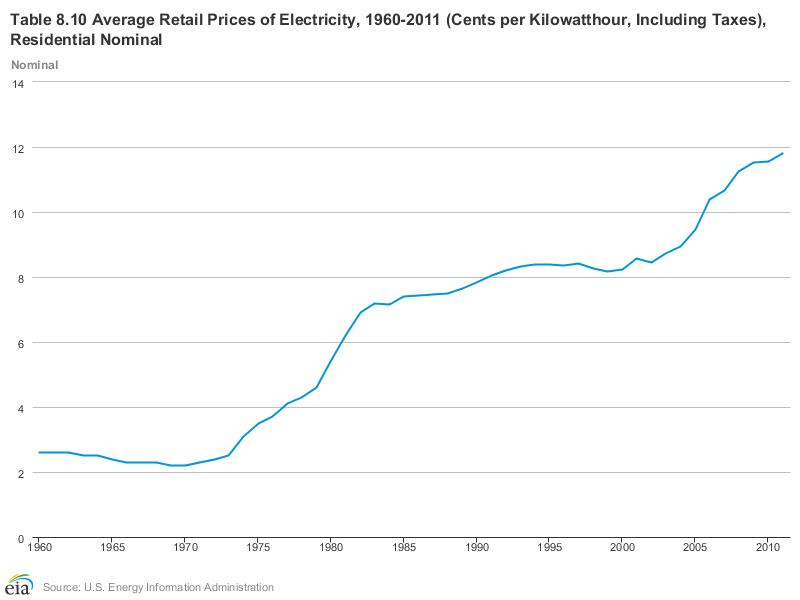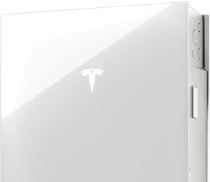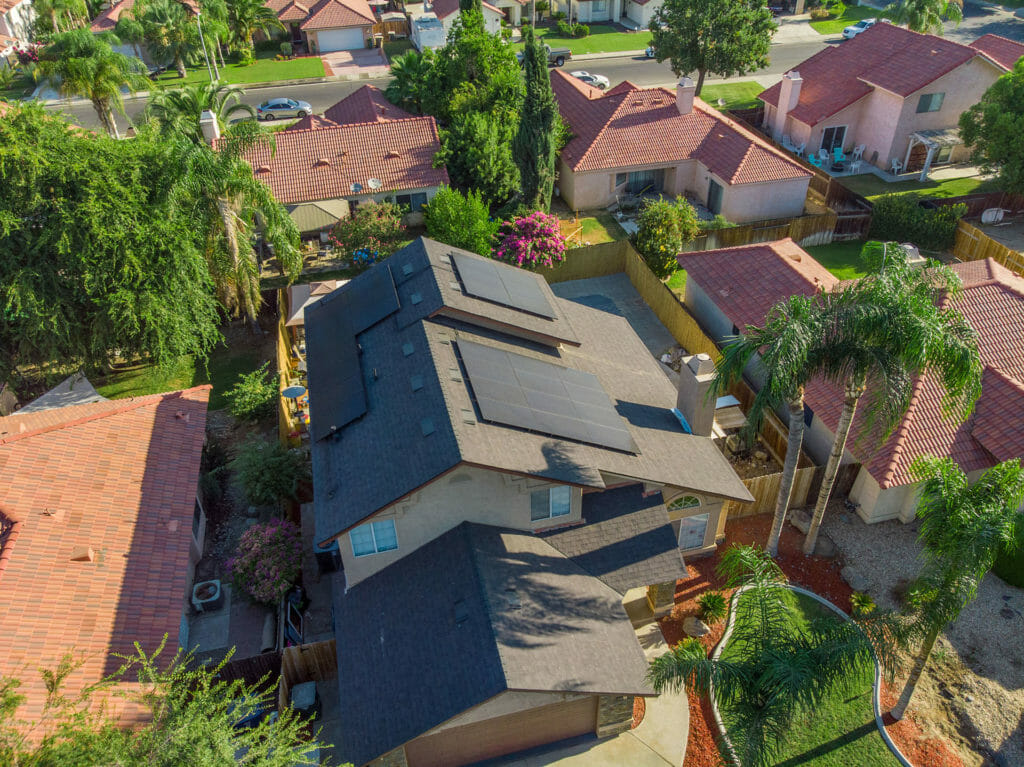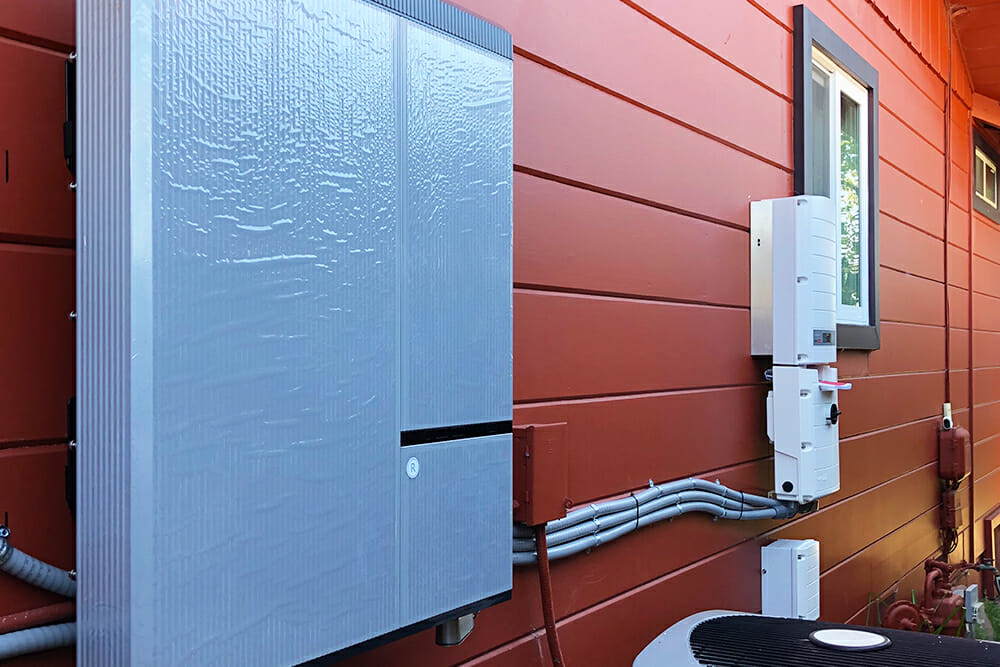Prospective solar buyers are always asking: is the upfront cost of a solar power system worth it? Homeowners are generally comfortable with long-term investments—after all, you took out a mortgage for your home. But when it comes to the question of the break-even time for solar power people aren’t entirely comfortable with “yeah, over twenty years, you’ll save money.” That statement doesn’t mean much, especially when there is a more clear, in depth answer.
How much does electricity produced by solar panels cost?
To estimate how much you’ll pay for electricity from a solar power system, you’ll need to know how much electricity the system will produce over its lifetime. There is no universal answer, as different solar panel brands degrade at different rates. Some solar manufacturers guarantee their panels will degrade at a rate of just 0.25% per year. For reference, that means that after 25 years the panels will produce 92% of their original output. Solar panels from different manufacturers may degrade slightly quicker. A degradation rate of 0.54% per year, for instance, means that after 25 years the panels will produce 85% of their original output.
Let’s estimate the cost of solar-sourced electricity. Most manufacturers guarantee their panels will produce a minimum output for a period of 25 years. To do the math, we need to calculate how much electricity the solar panels will produce over 25 years, and divide that number by the total cost of the system. Depending on the initial cost of your system, electricity generated by your solar panels should run about 8 to 12 cents per kilowatt hour (kWh).
Panels with a slow degradation rate will get you closer to 8 cents per kWh. The good news is that reputable solar manufacturers are now manufacturing panels that degrade at or close to 0.25% per year. At Ilum Solar, we sell and install REC solar panels, which degrade at 0.25%. And remember, this is the guaranteed degradation rate. In practice, we have seen panels degrading at less than the guaranteed rate.
What if you don’t go solar—how much does electricity cost from non-solar sources?
According to historical data from the U.S. Energy Information Administration, the average cost of electricity per kilowatt hour (kWh) has steadily risen. Look at the year 1995, for example. The average cost of electricity per kWh was 8.4 cents. In 2011, the average cost of electricity per kWh rose to 11.8 cents—that represents a 40% price increase in the span of 16 years. And prices are only going up.

Time-of-use (TOU) pricing is now the standard cost structure for many utility companies. Rate increases are applied during high-usage periods, such as the evening time when everyone is at home and there is a larger strain on the energy grid. Rates also vary depending on the season. Under PG&E’s TOU plan, the average rate per kWh of electricity during the summer is 39 cents, and the average rate per kWh of electricity during the winter is 30 cents.
It’s clear that solar-sourced electricity is much cheaper than traditional electricity. It’s likely there will be an even larger price disparity in the future, too. In recent weeks, extreme heat and high energy demand has forced California grid operators to call for and impose blackouts. California did not have enough electricity to cover the demand. One way to get more electricity is to purchase from nearby states or build additional grid infrastructure. Both of these cost money, which may be reflected in future rates.
You can avoid rising electricity rates with a solar power system. If you decide to purchase the system outright, the upfront cost is really the only thing you have to pay for, since systems are reliable and covered by a long-term warranty. You will recognize major savings on your monthly electricity bill. If you expect your solar system to last 25 years (300 months worth of electricity bills!), then the upfront cost of the system is more than worth it.
Do you want to go solar? Contact Ilum Solar! We are a leading solar system provider for homes and businesses throughout Northern and Central California. Get in touch today so you can save!





